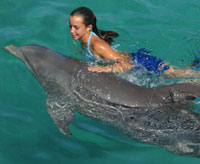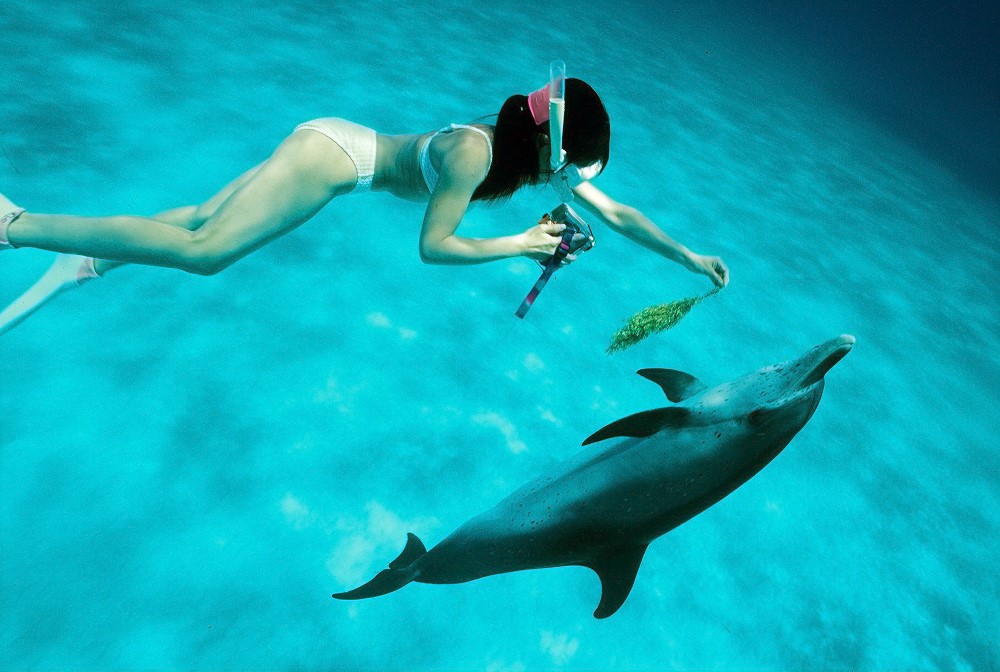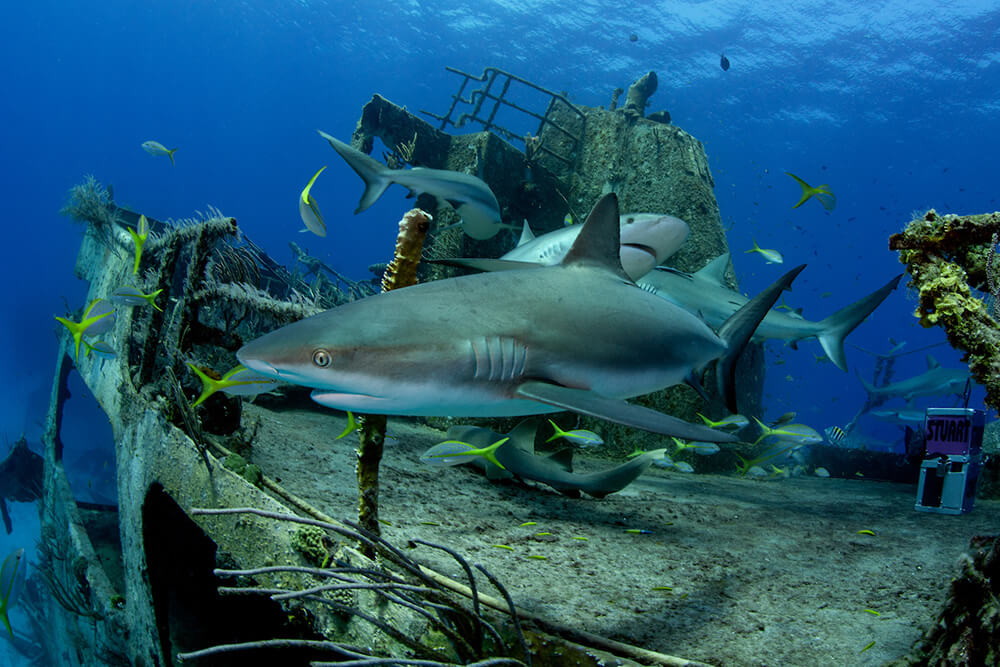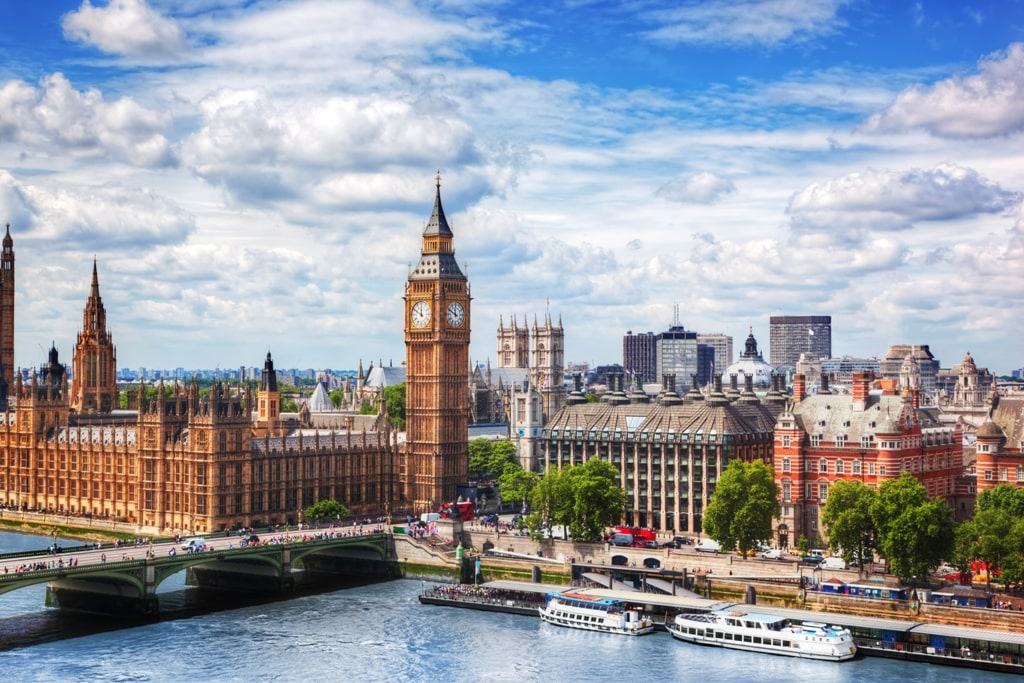

Around 600 years ago, Curacao saw its first sign of human civilization. South American Indians arrived on the island in search of drinking water, formed the Caiquetios tribe, and survived on the island via agriculture, fishing and hunting. The Caiquetios discovered the two main native people of the island the Arowaks, and the Cariben who lived in great contrast to one another. The Arowaks were the friendly people and the Cariben were known for their rituals of cannibalism. The Spaniards named the island Isla de los Gigantes (Island of the Giants), due to the physical size of the Arowak natives. At that time, the Spaniards took most of the Arowaks as slaves to Hispaniola and other Spanish colonies in the region.
In the years to come, the Dutch and the English had their hand at ruling Curacao, and the economy was supported, first by agriculture, then by oil, banking, and tourism. Today, the island economy is surviving due to investments from abroad.
The official language in Curacao is Dutch, but the vernacular is Papiamento. The name Papiamento is known to be derived from the Portuguese and is a Creole language taken from Spanish, Portuguese, English, French, Dutch and West African. It is believed to have originated in the 17th century in order for Africans to communicate with themselves and their masters.
The architecture of Curacao is reminiscent of its Dutch presence. Over the years, restoration of unique buildings has revealed beautiful Dutch colonial buildings, dating from the 17th and 18th centuries.
Willemstad, a World Cultural Heritage city, and the capital of Curacao, boasts a diverse and exciting past. The city consists of two parts, Punda and Otrobanda. The Dutch established Punda in 1634 after being seized from Spain. The all-natural St. Anna Bay separates Punda and Otrobanda. The western side of Santa Anna Bay is where Otro banda, the true cultural part of the city, remains. There is an accumulation of many races, nationalities, cultures and languages in Otro banda. It gives Curacao its cultural integrity. Today’s Curacao has an integrated society of ethnic and religious groups. There are Africans and their descendants, the Arabs, Caribbean immigrants, Chinese, Indians, Jews, Portuguese, Surinamese, and Venezuelans. The best way to understand the role that each of these cultures plays in Curacao is to visit. During your visit to the island, you will notice that Curacao has a high percentage of inter-ethnic and interracial marriages.
There are several historic and unique bridges in Willemstad that are worth a visit, namely, the Queen Emma Bridge, Queen Wilhelmina Bridge, and Queen Juliana Bridge. The Queen Emma Bridge, or the Pontoon Bridge, was built in 1888 and consists of a group of boats upheld by 16 pontoons. The Queen Wilhelmina Bridge was built in 1890, named after Holland’s Queen Wilhelmina, and was used to connect the commercial area of Punda with the residential neighborhood of Scharloo. One of the highest bridges in the world, the Queen Juliana Bridge weighs 3,400 tons and stands at 185 feet above the sea at St. Anna Bay. As you can imagine, the bridge offers outstanding views of Willemstad.
There are also numerous protective fortresses still standing in Willemstad, including Fort Amsterdam, Waterfort, Riffort, Fort Nassau, Fort Waakzaamheid, Fort Beekenburg, and Fort Sint Michiel. A visit to these fortresses practically tells the story of Curacao’s past.
Shopping at the many markets in Punda is a must for visitors. The area offers a marvelous supply of fashionable designer and boutique shops. For the more traditional shopper, there are the Floating Markets. These markets are actually boats sailing from Venezuela to the St. Anna Bay. They provide an abundance of fruits, vegetables and seafood. The Public Markets carry meat, fish, and fruits and vegetables grown locally. Although considered the “supermarkets” of Curacao, these markets still maintain the character of an old Caribbean market place. The Old Market is still another option for shopping.
Curacao has a warm and sunny climate year round, with an average temperature in the mid 80s. October to February is the rainy season, normally marked by brief and sporadic showers, mostly at night. Fortunately the days usually continue to offer sunny weather during the season. Curacao’s annual rainfall averages only 22 inches. Surprisingly, Curacao has only been the victim of three hurricanes over the last century, due to its location outside of the hurricane belt. The mild weather in Curacao allows for endless possibilities for outdoor activities.
For scuba lovers, Curacao’s waters offer a colorful show. There are multi-colored parrot fish, silvery barracuda, spotted French angelfish and colorful butterfly-fish, just to name a few varieties. The “Mushroom Forests” and “Car Piles” are a couple of the special diving areas offshore. For snorkelers, there are colonies of coral and sea anemones located right off the beaches of Curacao. Water sport lovers can also windsurf, or board surf. In fact, board surfers will find the surf conditions excellent.
There is a fantastic community effort, at hand in Curacao, to preserve the islands’ natural resources. As a result, even in the arid terrain, outdoor and nature lovers will have the opportunity to be impressed by the landscape of natural beauty available on Curacao.
Christoffel Park is one of Curacao’s best natural attractions. The park is 4,500 acres of life. There are areas where several local species of orchids (orkidia), including white and purple orchids, inhabit the land. Despite the desert climate, there are numerous species of trees adorning the landscape in the park, including the tamarinde, acacia (wabi), mesquite (indju) and dividivi. Also, be on the lookout for the ever-popular prickly pear cactus. Among the species of wildlife, there’s a chance you’ll see neon-blue iguanas, rabbits, donkeys, and birds. If you’re lucky, you’ll encounter the protected whitetail Curacao deer; the deer with a history. Historians believe South American Indians brought this deer here in the 14th century.
In and around Christoffel Park and in Curacao, active travelers can partake in walking tours, deer watching, moonlight tours and horseback riding, while the more adventurous can explore the Hato caves, and can tour on mountain bikes, or in jeeps. Four-wheel drive vehicles are also available for rent. Mt. Christoffel stands at 1237 ft in the center of Christoffel Park, and offers hikers a nice reward at the top…spectacular views of Curacao. Another ideal place to hike is in Shete Boca Park.
One of the main attractions in Curacao is the Dolphin Academy and Curacao Sea Aquarium. The Academy offers dolphin encounters for adults and children. George Kieffer, Director of Dolphins and Programs at Dolphin Academy and Curacao Sea Aquarium, explains how the academy got started. “Starting in the early 90’s, the dolphin community of the Roatan Institute for Marine Sciences (RIMS), in Honduras was averaging one to three calves born each year. During the winter of 2001 / 2002, RIMS began actively seeking another facility within the Caribbean with which to establish a cooperative relationship that would insure future genetic diversity among
the dolphins in their care,” explains Kieffer. Kieffer goes on to say, “The Curacao Sea Aquarium had long sought a dolphin program that would expand and complement its animal exhibits and interaction programs. An agreement was reached between the two organizations and their respective governments and thus was born Dolphin Academy. When asked what the most popular program at the Dolphin Academy is, Kieffer proudly proclaims that the Dolphin Swim comes out on top. Kieffer explains, “This is likely due to the fact that group sizes are kept small so participants can enjoy intimate contact and genuine interaction with the dolphins. 80% of the program involves relaxed swimming among the dolphins – allowing people and dolphins to interact at their own pace. The other 20% involves structured in-water activities in which the guests are taught how to initiate trained responses from the dolphins such as a tow through the water.”
The Dolphin Academy offers Dolphin Encounters, Dolphin Swims, Dolphin Snorkels, and Dolphin Dives. The Curacao Sea Aquarium offers a place for all ages to get close to many species of sea life, including sharks, sea turtles, stingrays, and tropical fish. There are feeding shows, an aquaria, touch tanks, and a theatre and museum.
Kieffer summarizes the personality of the island of Curacao describing the island as, “A friendly island with all the amenities of some of the more “popular” Caribbean islands, but with a more relaxed atmosphere. The best thing about Curacao, to me, is it’s modern infrastructure and the high standard of living most of the local people enjoy.”
Curacao Attraction Information
Curacao Museum
Hours: Monday to Friday from 9 a.m. to 12 a.m. and for 2 p.m. to 5 p.m., Sunday from 10:00 a.m. – 4:00 p.m.
Admission: 5.30 for adults and NAFl. 2.60 for children.
Tel: 462-3873
Fax: 462-3777
Christoffel Park
Hours: Monday to Saturday, 8 a.m. to 4 p.m.; Sundays, 6 a.m. to 3 p.m.
Deer watching: 4:00 p.m. – 6:60 p.m., reservations required.
Admission: US $9.00.
Tours: Deer watching sessions are US$9.00 for adults, US $5.00 for children under 15. Guided walking tours are US$15.00. Horseback riding by day and moonlight tours are US $40 for two hours. Jeep tours (max. 5 persons) are $85.00 (including entrance fee). Please make all reservations in advance.
Tel: 864-0363.
Get More Information on This Adventure!!!
Experience adventures like the one found in this article and others by using TropicalAdventure.com Vacation Planner. Simply fill out our Vacation Planner form and you will receive FREE information about this activity and others that you may be interested in. Click below to sign up.



